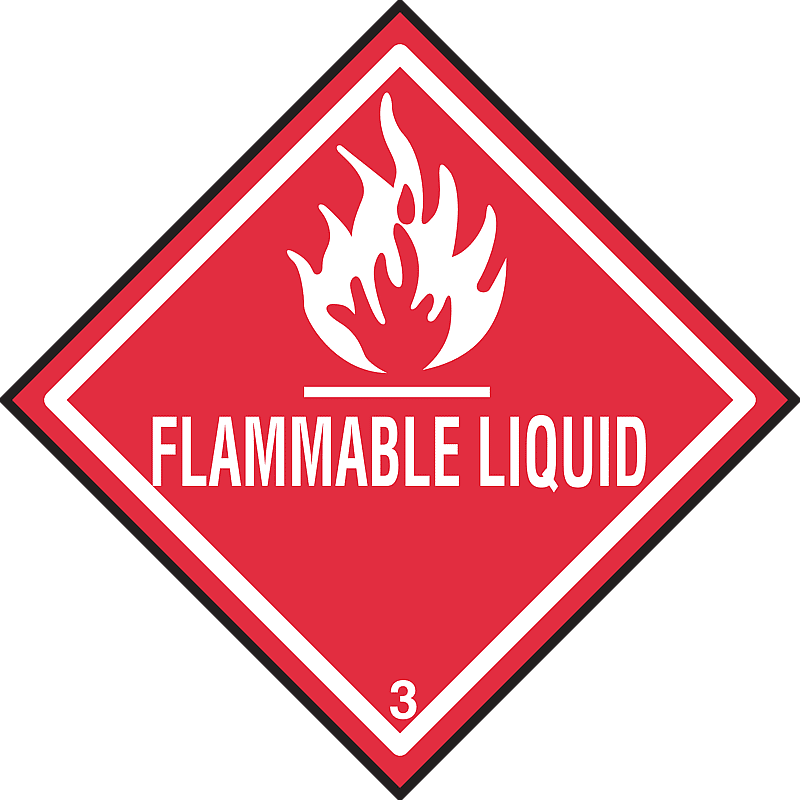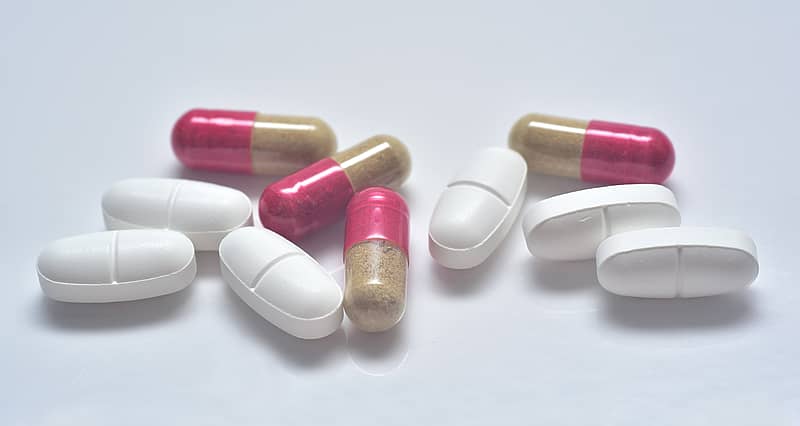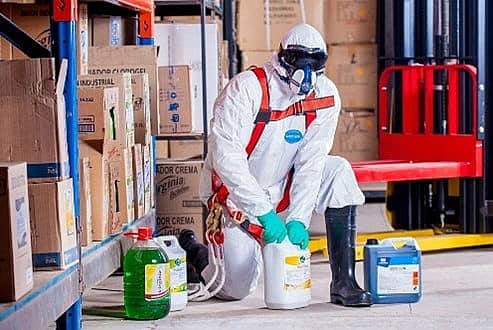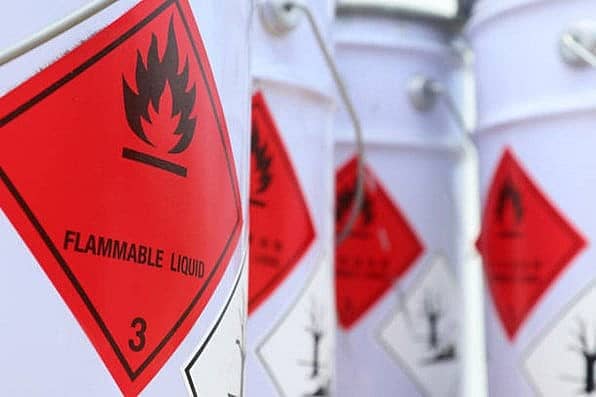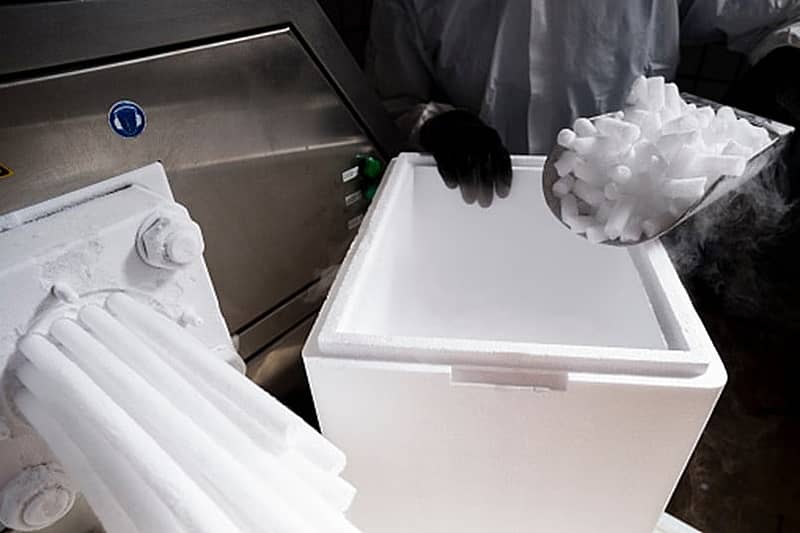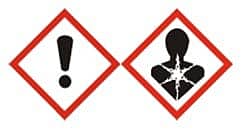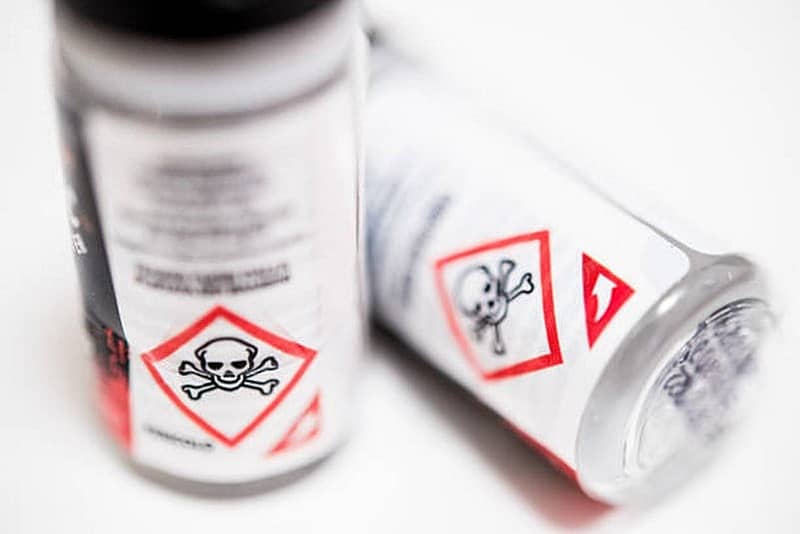Chemical Safety
Chemical Safety
Tags
Animal Care (4)
Biosafety (229)
Biotech (2)
Business Performance (4)
Career (1)
Chemical Safety (224)
Corona Virus (9)
COVID-19 (15)
DEP (7)
DOT (4)
Earth Day (2)
EHS (29)
en (2)
Environmental Health & Safety (EHS) (401)
EPA (8)
Fall Protection (5)
FDNY (2)
FPW (2)
Hazardous (2)
Hygiene (7)
IH (7)
Incidents Accidents and Near Misses (21)
Industrial Hygiene (7)
Lab Relocation and Decommissioning (5)
Lab Safety (28)
labsafety (9)
Life Science (6)
Life Sciences (7)
MWRA (2)
National Preparedness Month (2)
New York Biotech (3)
NFPA (8)
NYC (5)
Office Safety Culture (193)
OSHA (181)
Permits and Licenses (17)
Radiation Safety (128)
rDNA (1)
Recycling (1)
Regulatory Compliance (322)
Safety (11)
Safety Tips (447)
Training Contact Hours (TCH) (12)
Waste Water (7)
Workplace Injuries (8)

